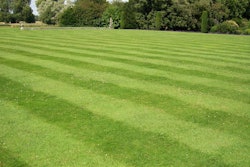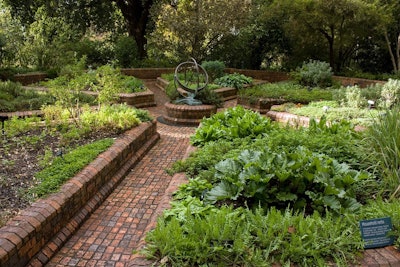 Sometimes it’s hard to find sun-drenched spaces but this doesn’t mean your client can’t enjoy an herb garden.
Sometimes it’s hard to find sun-drenched spaces but this doesn’t mean your client can’t enjoy an herb garden.Photo: Rexness/Flickr
Clients who love the song stylings of Simon & Garfunkel may have heard the ever-popular list of parsley, sage, rosemary and thyme. These herbs are not only tasty but can thrive in shady areas, but what other shade-loving herbs can you recommend to your clients? While they may not make an appearance on the way to Scarborough Fair, here are six other herbs you can introduce your clients to if they want to spruce up their shady areas.
________________________________________________________
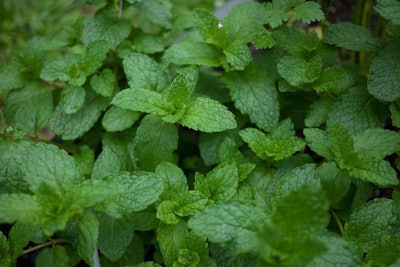 Photo: Nate Steiner/Flickr
Photo: Nate Steiner/FlickrMint (Mentha canadensis)
A quick growing and sometimes invasive perennial herb, mint comes in many varieties. To keep this herb under control, advise planting it in containers instead of the soil. Uses range from calming upset stomachs to relieving muscle spasms, and the leaves are used in teas, sauces and more. Mint can grow any time during the growing season, but it will be better established if planted on a cool, moist spring or fall day.
- USDA Hardiness Zone: 5-11
________________________________________________________
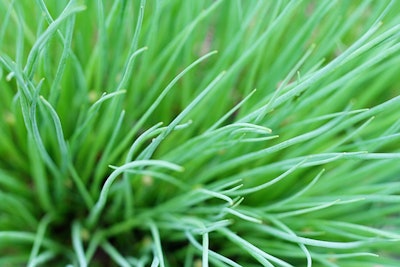 Photo: Kate Ter Haar/Flickr
Photo: Kate Ter Haar/FlickrChives (Allium schoenoprasum)
As a member of the onion family, chives are one of the easiest fresh herbs used for culinary purposes to grow. They can grow in almost any soil conditions and can reach 2 inches in height. They grow in clumps and have thin, grass-like stems. Shoots with vibrant purple flowers can develop in early spring.
- USDA Hardiness Zone: 3-10
________________________________________________________
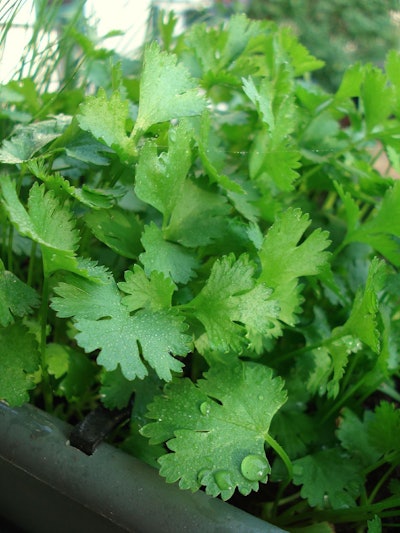 Photo: Michael Lehet/Flickr
Photo: Michael Lehet/FlickrCilantro (Coriandrum sativum)
Distinguished by its aroma and flavor, cilantro offers a flavor that is earthy and pungent and is sometimes compared to the taste of soap. It serves as a good source of Vitamins A and K, manganese and dietary fiber. Some essential oils distilled from this plant are rumored to aid in digestion and sooth irritated skin. Cilantro should be spaced six to eight inches apart from each other and can be harvested in three to four weeks after being sown.
- USDA Hardiness Zone: 6-10
________________________________________________________
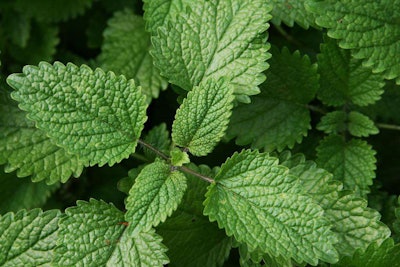 Photo: Quinn Dombrowski/Flickr
Photo: Quinn Dombrowski/FlickrLemon balm (Melissa officinalis)
Considered a calming herb and was once used to reduce stress and anxiety, as well as promote sleep. Some use it in herb gardens to attract bees and can grow up to 2 feet high. Flowers will begin to bloom during spring and summer, and the leaves are similar to those of mint. To keep it from taking up too much space, cut the plant back to a few inches tall several times during the growing season.
- USDA Hardiness Zone: 4-9
________________________________________________________
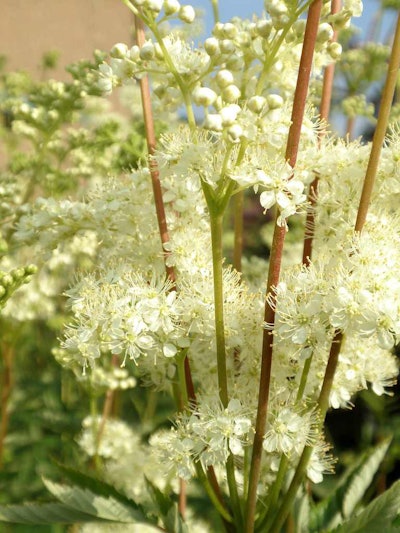 Photo: Amanda Slater/Flickr
Photo: Amanda Slater/FlickrMeadowsweet (Filipendula ulmaria)
These perennials have a stem that can grow 3.3–6.6 feet tall and can become reddish and sometimes purple. With its dark green leaves on the upper side and white coloring underneath, meadowsweet has delicate, creamy-white flowers. They flower in early summer to early autumn. It is commonly used for stomach aches, fever and gout.
- USDA Hardiness Zone: 3-7
________________________________________________________
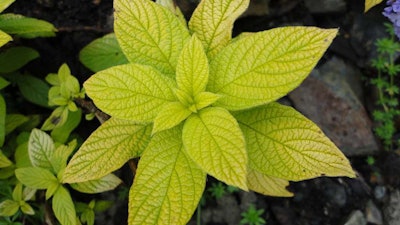 Photo: *FlowerGirl/Flickr
Photo: *FlowerGirl/FlickrGolden oregano (Origanum vulgare ‘Aureum’)
Golden oregano grows to a height of 5 to 11 inches and spreads approximately 17 to 23 inches. Its brightly colored leaves are less than an inch wide and have rounded edges. During summer, its flowers are star shaped and can vary from lilac-pink to white. The golden leaves are fragrant and more pronounced in wild or cool weather. The leaves can be cut and dried to create a supply of homegrown oregano for all year long.
- USDA Hardiness Zone: 6-11





